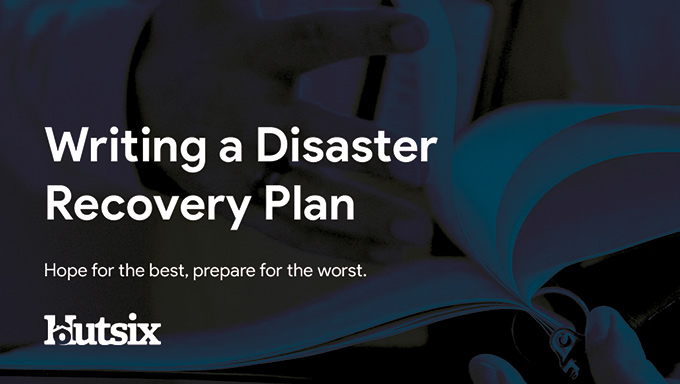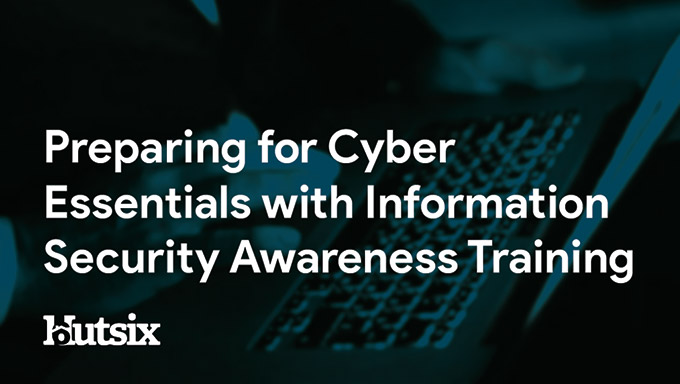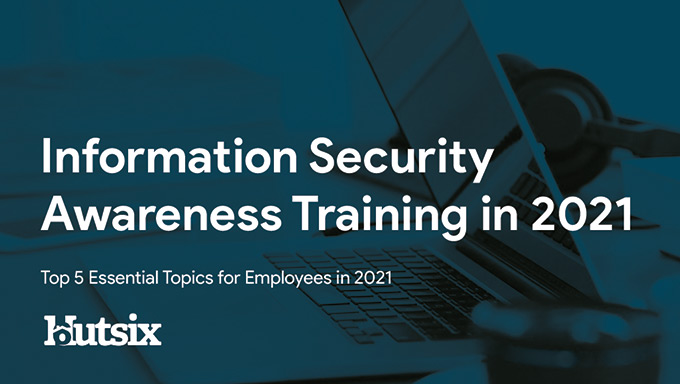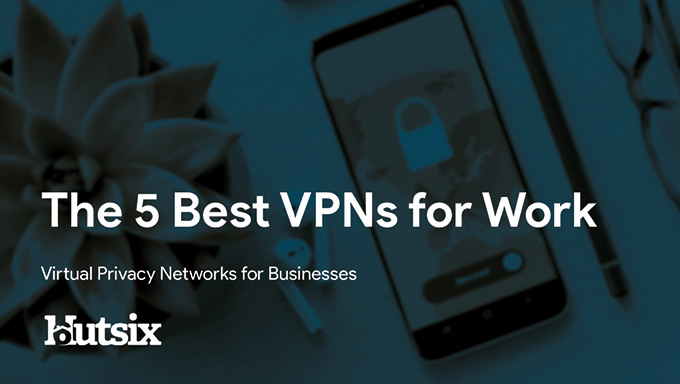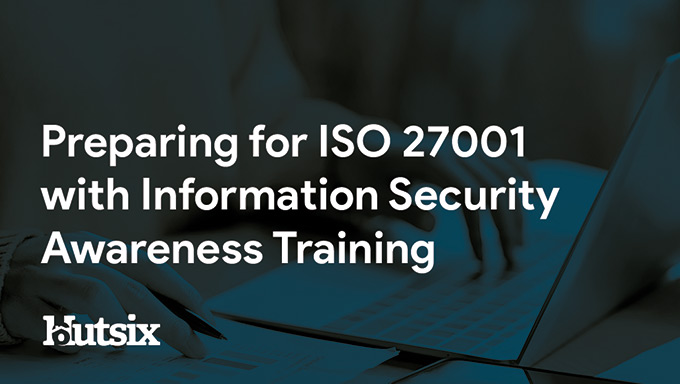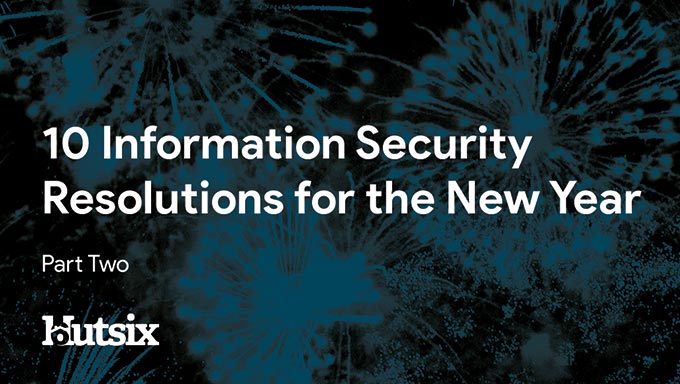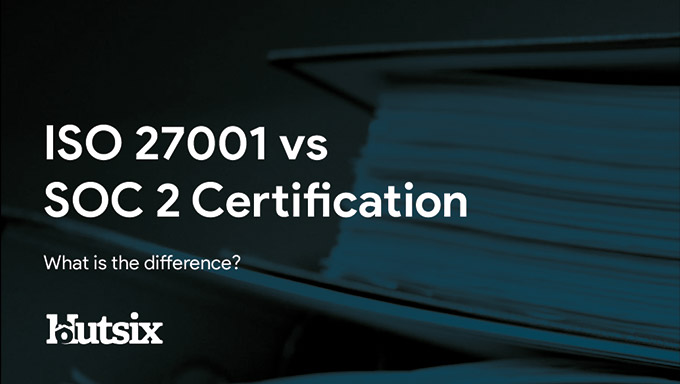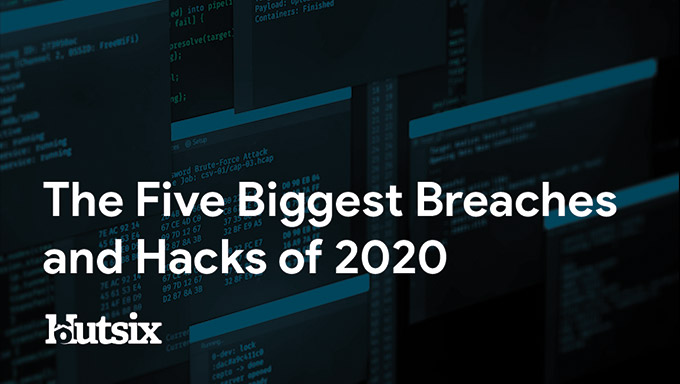Enterprise Data Regulation
Best Ways To Ensure Enterprise Data Regulation: crafting a data protection program and a privacy policy that meets the demands of all different laws and regulations can be challenging, but it isn't impossible.
Instead of focusing on regulation-specific requirements and scraping to meet each new regulation, it’s far better to focus on core principles that will make for a broad and cohesive data protection strategy.
With basic principles covered, half of the battle is already won. Once you have a strong foundation that covers the most common requirements, it’s much easier to address the more specific requirements and focus on technicalities.
Here are some of the best ways to ensure enterprise data regulation that will enable you to create this strong foundation and ensure that your company is staying compliant with all relevant regulations.
Identify sensitive information
One of the most common requirements of all laws is identifying personal information. This includes everything from tracking the flow of personal information to identify where this information is stored and with whom it is shared.
However, this is often easier said than done. Many companies don’t even know what classifies as private information, which makes it nearly impossible to properly protect it.
For example, while everyone knows that social security numbers are highly sensitive personal information, not everyone is aware of the fact that even an email address can be deemed personal information.
That’s why it’s essential to perform an audit of your database and clearly identify sensitive information. Besides having an inventory of the sensitive data you’re storing, you should also clearly define why you’re collecting the data and specify exactly what you're doing with it.
Know how and when to delete sensitive data
Another thing most privacy and data protection laws require is having a retention policy.
Every person has the right to require their personal information to be deleted or de-identified. However, companies have to be careful when deleting data, as some records need to be retained to comply with laws and regulations.
Before deleting any data, consider asking two questions. The first question is — does your company need the data to be successful? The second question is does it have to be preserved under data retention policies?
However, Keep in mind that compliance doesn’t end with a retention policy. You also have to make sure that the policy is actually being enforced across the entire company. The best way to achieve that is by automating retention.
Take email correspondence as an example. Your employees use emails on a daily basis, whether to communicate internally or externally, accumulating loads of sensitive information. However, things can easily slip through the cracks if you rely on your employees to retain email manually.
Automating email retention with enterprise-grade email archiving solutions is a good way to ensure that sensitive information is being properly protected in a safe vault and that it can’t be tampered with. That way, you’ll be able to retain email for just as long as you’re legally required and automatically expunge them once this period has passed.
Limit the amount of data you’re collecting
Although some data needs to be retained, it doesn’t mean that you should keep or even collect all data.
As the costs of data storage dropped, many companies started to hold on to personal information beyond even when it’s not really necessary, just in case it could be useful at some point in the future.
However, this is not the case anymore. Data minimization is one of the core principles of the Data Protection Act, requiring that the amount of data collected is adequate, relevant, and limited to the intended purpose
Data privacy is now more important than ever. With the rise of awareness and frequent discussions about risks associated with the collection and storage of personal data, companies are now aiming to collect as little data as possible and to store it only for the amount of time required by law.
Regardless of the specific legal requirements or the ever-changing privacy laws, limiting the amount of personal data you obtain and decreasing the duration for which you retain it is one of the best ways to create a solid base for your data protection strategy.
Be transparent and respond to privacy information requests
Every company has to be fully transparent about data collection and prepared to respond to the question of what personal data are they keeping about each customer. If someone asks that question, you should be able to respond to this request quickly by looking at your database and searching for every piece of personal data about the account in question.
Not only that, but most data privacy and security laws allow users to obtain a copy of the personal data companies are collecting.
This shouldn’t be difficult if a few people make the request. However, this is usually a manual process, and receiving hundreds or even thousands of similar requests can cause a major disruption.
In order to avoid delays when dealing with these requests, you should focus on visibility and automation. The lack of visibility and automation may result in high costs and risk of errors that can ultimately lead to penalties and hefty fines.
Over to you
In today’s climate riddled with data breaches and mishandling of sensitive information, laws and regulations are constantly changing and becoming more strict. At the same time, consumers are becoming more and more aware of privacy issues and demanding proper data protection.
That’s why it’s essential to keep these best ways to ensure enterprise data regulation in mind and create a broad data protection strategy that won’t be affected by the slightest change of laws and regulations.
Guest blog by Alex Morgan of technivorz.com.
Security Awareness for your Organisation
Enjoyed our blog? Learn more about how Hut Six can help improve you security awareness with training and simulated phishing. Start a free trial now, or book a meeting with one of our experts.
Featured
Writing a Disaster Recovery Plan
Writing a Disaster Recovery Plan: information security planning blog by information security awareness solution provider Hut Six Security.
What Policies Do I Need for a Security Program?
Security program policies blog by information security awareness training provider Hut Six Security.
Preparing for Cyber Essentials with Information Security Awareness Training
Security awareness training for Cyber Essentials blog by information security awareness training provider Hut Six Security.
Information Security Awareness Training in 2021
Information Security Awareness Training in 2021 blog by information security awareness training platform Hut Six Security
The Five Best VPNs for Work
What are the best VPNs for work? - VPN review blog by security awareness training provider Hut Six Security.
Preparing for ISO 27001 with Information Security Awareness Training
Information Security Awareness Training and ISO 27001 blog by information security awareness training provider Hut Six Security
Information Security Resolutions for the New Year: Part Two
Information Security Resolutions for the New Year: Part Two. Information security for 2021 blog post by Hut Six Security.
10 Information Security Resolutions for the New Year: Part One
Information security in 2021: blog by Information security awareness training and phishing simulation provider Hut Six Security.
ISO 27001 vs SOC 2 Certification - Hut Six
Find out the key differences between ISO 27001 and SOC 2 and which one is best for your business. Learn about both security standards, focus areas, and the benefits of each one to make an informed decision.
The Five Biggest Breaches and Hacks of 2020
The Five Biggest Breaches and Hacks of 2020. Information Security blog by Information Security Awareness provider Hut Six Security.

